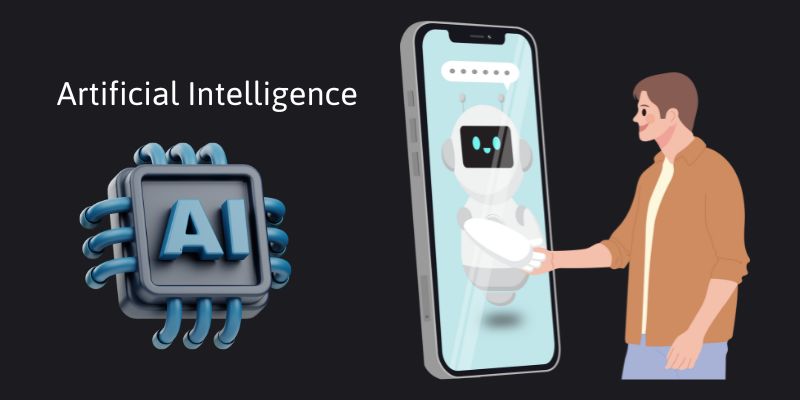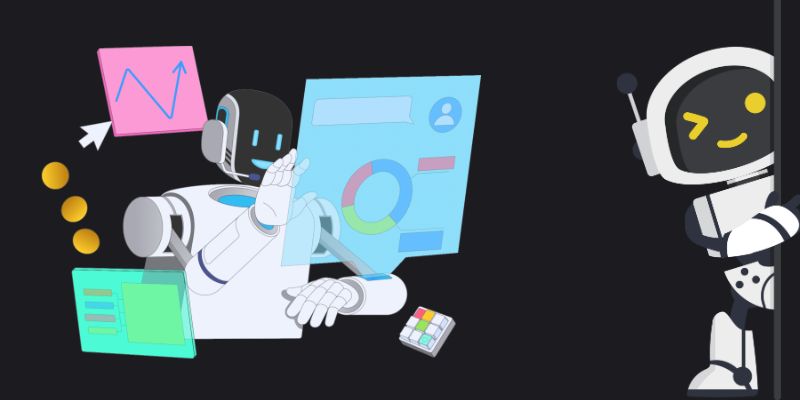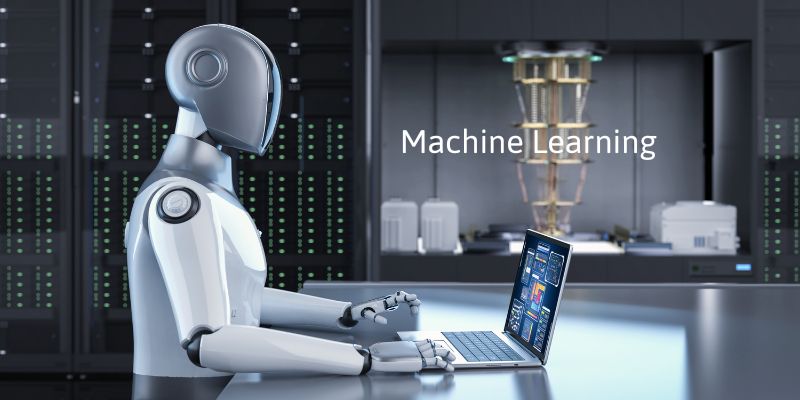In today’s rapidly advancing technological landscape, Robotics vs AI vs Machine Learning are three critical areas that are driving the future of innovation. While these fields often overlap, each one plays a unique role in transforming industries and reshaping how we interact with the world around us. Understanding the distinctions and connections between them is key to recognizing their profound impact on modern innovation.
Contents
ToggleWhat is Robotics? The Physical Foundation of Innovation
Robotics involves the design, construction, and operation of robots, which are machines capable of performing tasks autonomously or semi-autonomously. Robotics is crucial in automating repetitive or dangerous tasks, thus improving efficiency and safety across industries like manufacturing, healthcare, and logistics.
The future of robotics is deeply intertwined with AI and machine learning. While early robots were designed to perform simple, predefined tasks, today’s robots are becoming more adaptable, efficient, and intelligent. With the integration of AI and ML, robots can now learn from their environment, improve their performance over time, and make decisions without constant human input.
AI: The Brain Behind Intelligent Systems
Artificial Intelligence (AI) is the broader concept that encompasses creating machines capable of intelligent behavior. AI enables systems to learn, reason, and make decisions based on data, simulating human cognitive processes. AI plays a significant role in powering innovations in numerous fields such as healthcare, autonomous vehicles, and finance.
When we discuss AI vs robotics vs machine learning, it’s essential to understand that AI is the “brain” that enables robots to become smarter. For example, AI-driven robots can plan their movements, understand their surroundings, and make real-time decisions. AI’s capabilities in areas such as natural language processing, computer vision, and decision-making enhance the performance and autonomy of modern robots.

Machine Learning: The Key to Adaptive Technology
Machine Learning (ML) is a subset of AI, focusing specifically on enabling machines to learn from data and improve their performance without being explicitly programmed for each task. Through ML, machines can identify patterns, recognize trends, and make predictions, which is fundamental to creating systems that evolve and improve over time.
Machine learning plays a vital role in the relationship between robotics vs AI vs machine learning. ML allows robots to “learn” from experience, enabling them to adapt to new scenarios. For instance, self-driving cars use ML algorithms to recognize road signs, avoid obstacles, and make driving decisions based on a constantly changing environment. Similarly, in healthcare, ML algorithms help robots assist in surgeries with increasing precision as they process more data.
How Robotics, AI, and Machine Learning Shape Innovation
The integration of robotics, AI, and machine learning is transforming industries in unprecedented ways. Here’s how each of these technologies contributes to modern innovation:
-
Robotics for Automation: Robotics is crucial for automating processes that were once manual or dangerous for humans. In factories, robots work alongside humans to assemble products, improving efficiency and safety. The future of robotics will see robots performing more sophisticated tasks, such as delivering goods, performing surgeries, and assisting in disaster relief efforts.
-
AI for Smarter Decision-Making: AI enhances the capabilities of robots, enabling them to make intelligent decisions. In sectors like healthcare, AI-powered robots can diagnose diseases, assist in surgeries, and provide care for elderly patients. In manufacturing, AI enables predictive maintenance and optimization of production processes, minimizing downtime and maximizing productivity.
-
Machine Learning for Continuous Improvement: Machine learning is a game-changer when it comes to improving the performance of both robots and AI systems. By analyzing vast amounts of data, ML algorithms allow robots to refine their operations over time. For example, in autonomous vehicles, machine learning enables the system to continually improve its driving capabilities based on real-world data, resulting in safer and more reliable transportation.
The Future of Robotics, AI, and Machine Learning
As we look ahead, the combination of robotics, AI, and machine learning will continue to push the boundaries of innovation. In the near future, we can expect more advanced robots that can interact more naturally with humans, learn autonomously, and make more complex decisions. From healthcare to transportation, these technologies will drive the next wave of technological advancement.
For instance, robots powered by AI and ML will be capable of performing increasingly complex tasks, such as conducting intricate surgeries with high precision or performing autonomous repairs in hazardous environments. The merging of AI with machine learning will result in intelligent systems that are more adaptable and autonomous, providing real-time insights and solutions in various sectors.
The Power of Robotics, AI, and Machine Learning
In conclusion, robotics vs AI vs machine learning are three interdependent fields that are transforming the way we approach innovation. Robotics provides the physical platform, AI acts as the intelligent brain, and machine learning empowers both to adapt and evolve. Together, these technologies are revolutionizing industries, enhancing productivity, and improving lives across the globe.
As we continue to innovate and refine these technologies, the future promises even greater possibilities, with smarter, more autonomous systems capable of performing tasks we once thought were the realm of science fiction. By understanding how these fields work together, we can better appreciate their collective impact on the world and the limitless potential they hold for the future.
Don’t miss out on the future of tech – visit Blockchain Bulletin Weekly and stay updated on the latest in Robotics, AI, and Machine Learning!

